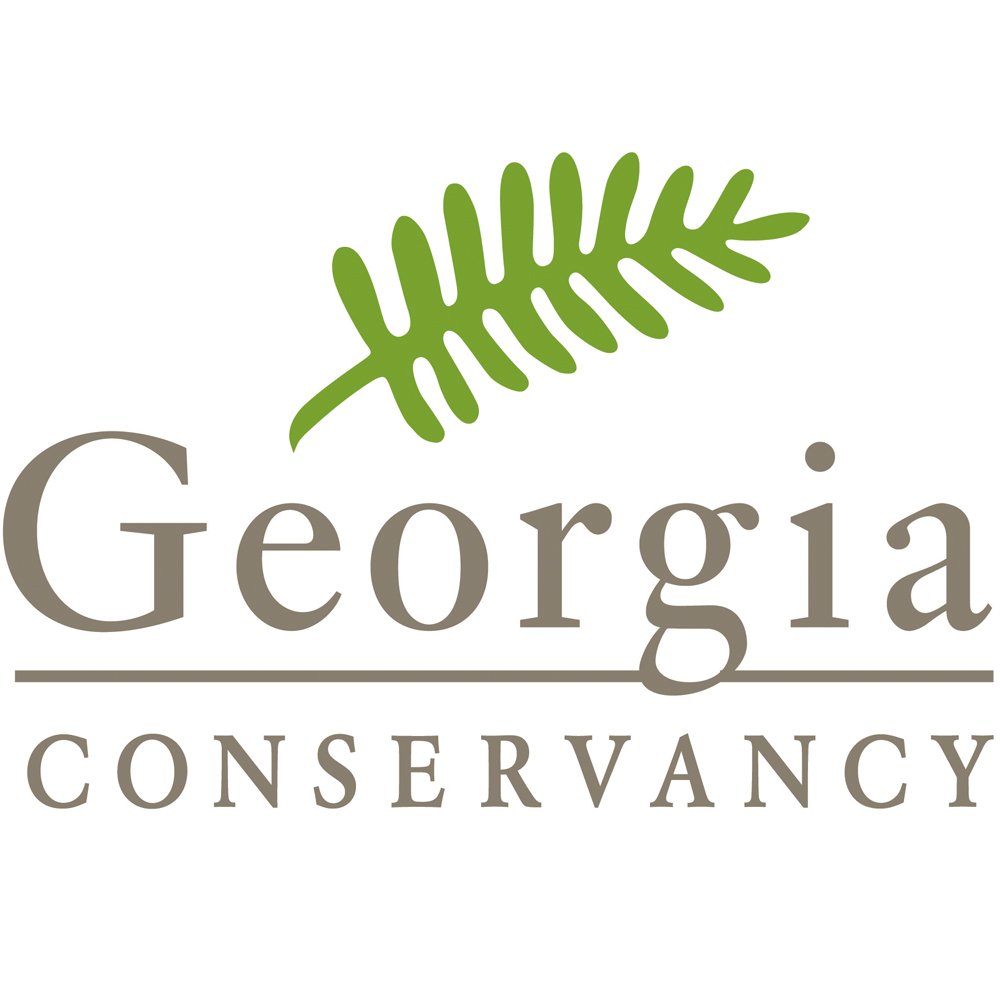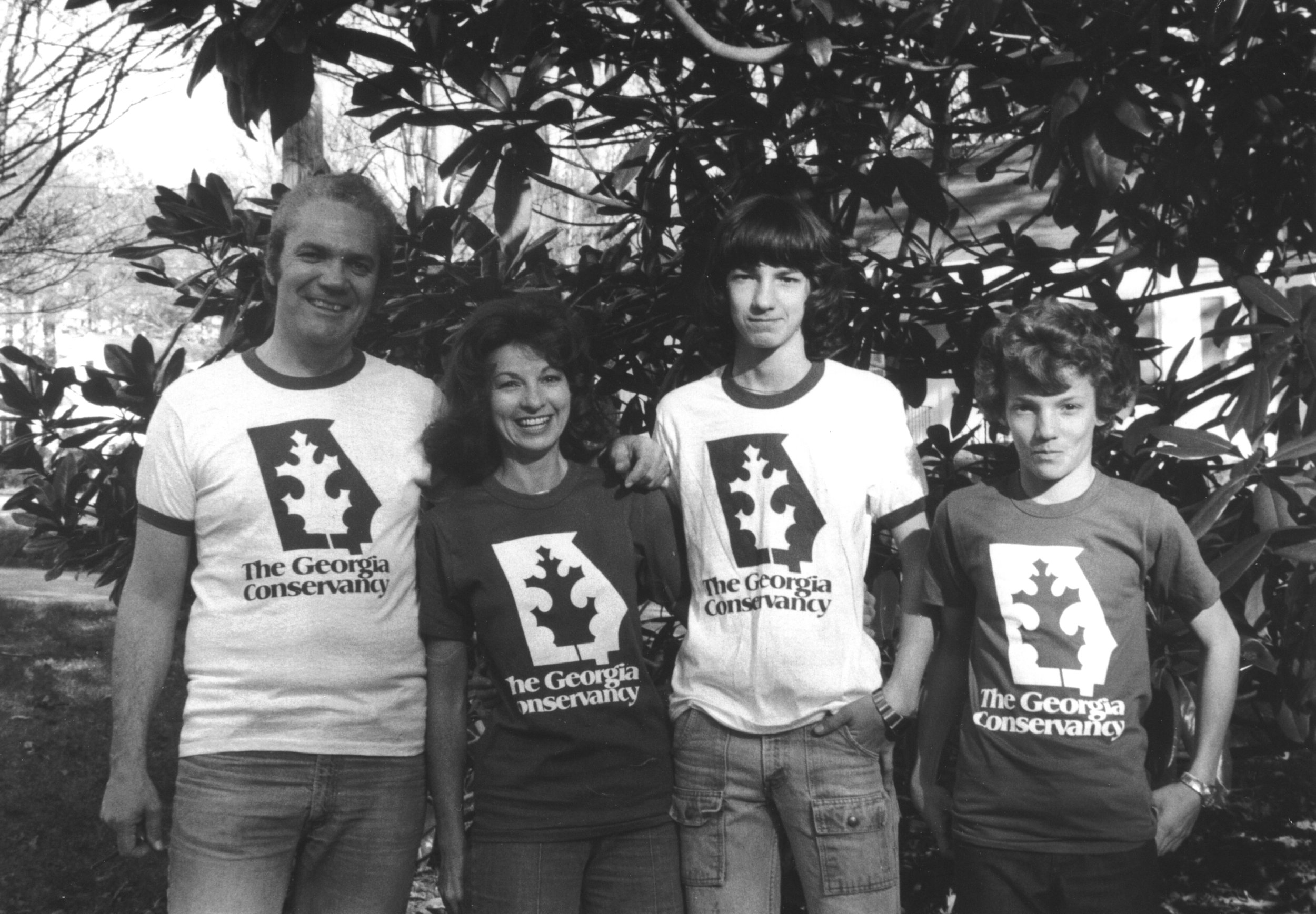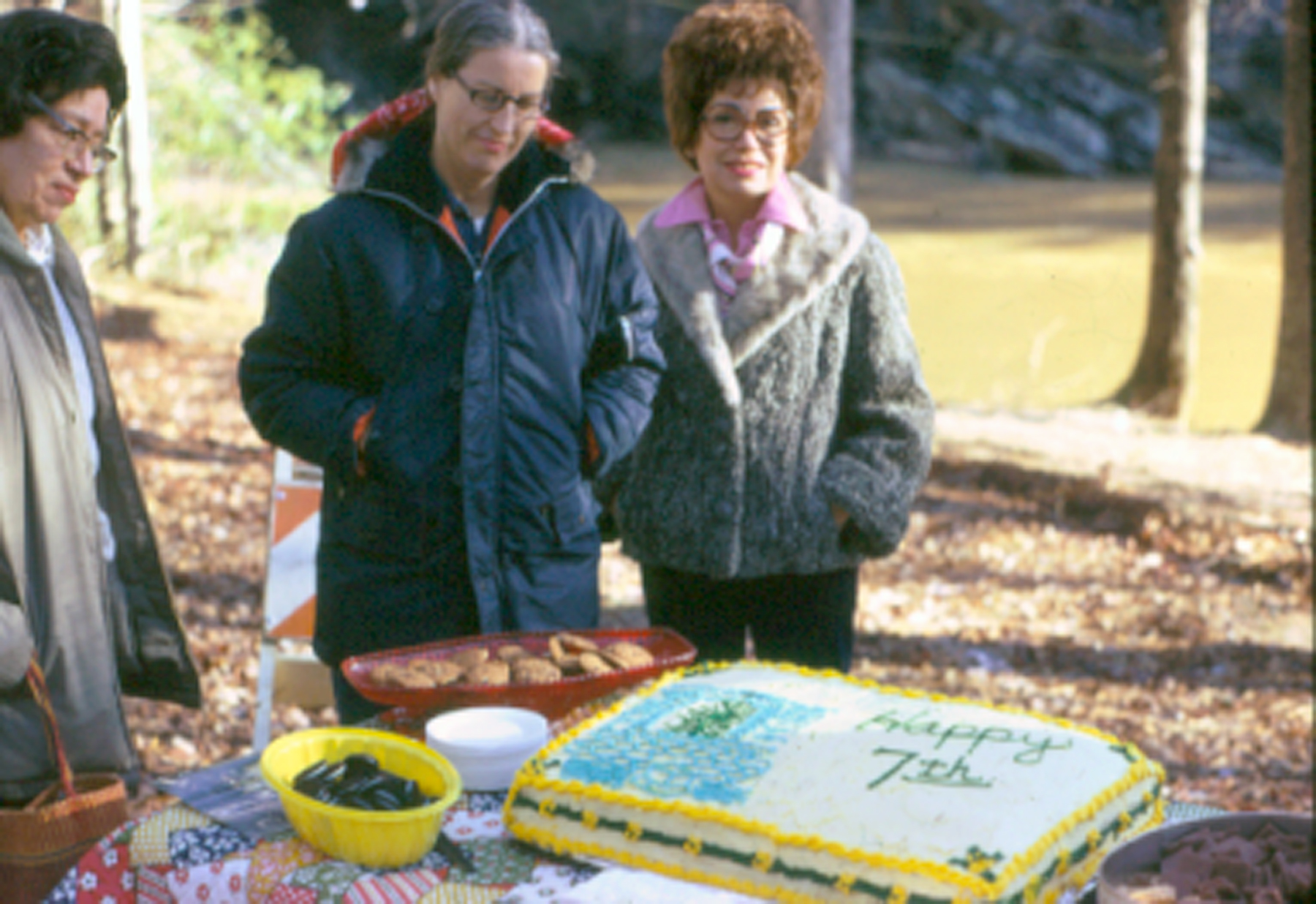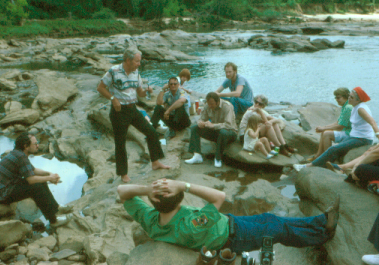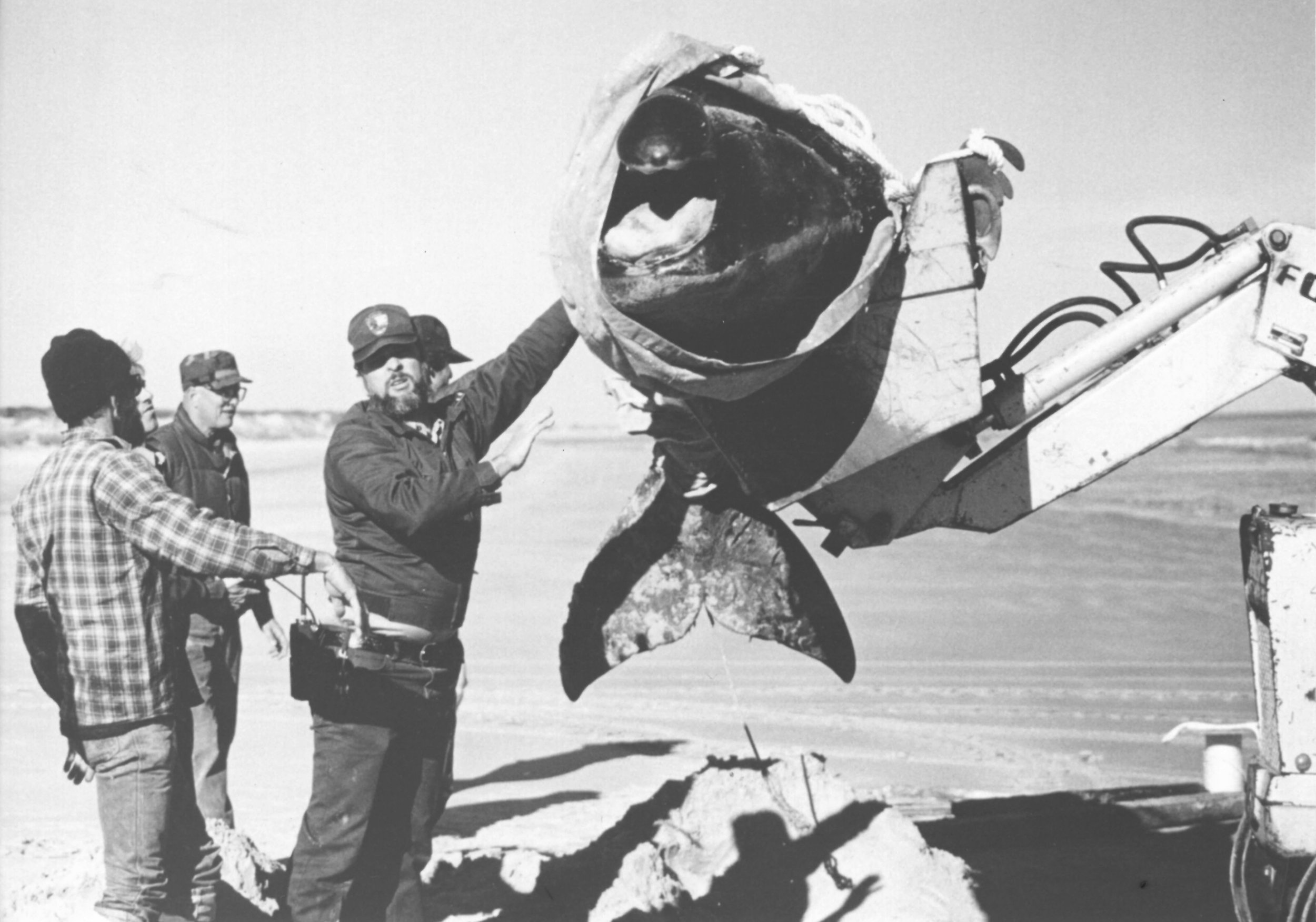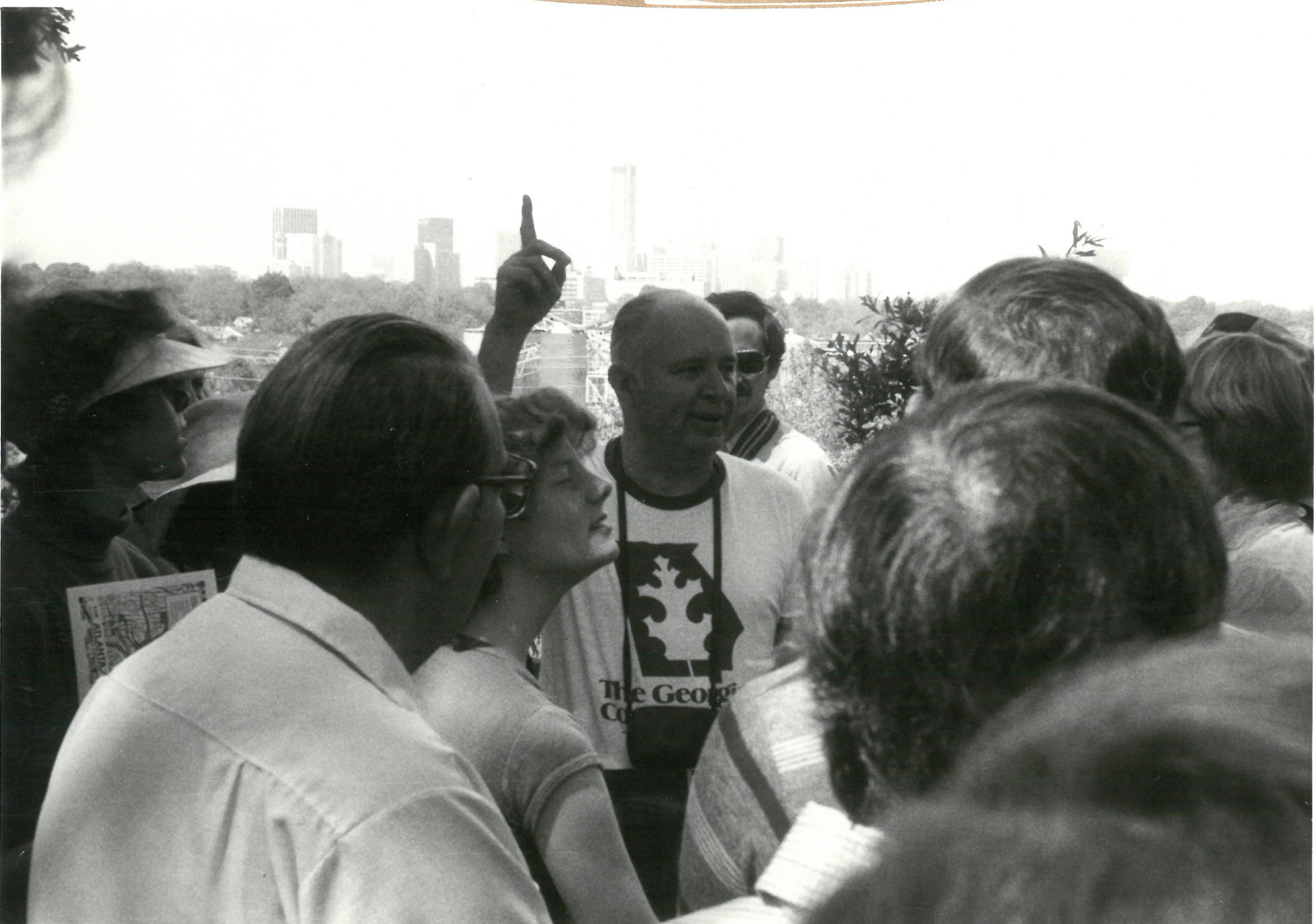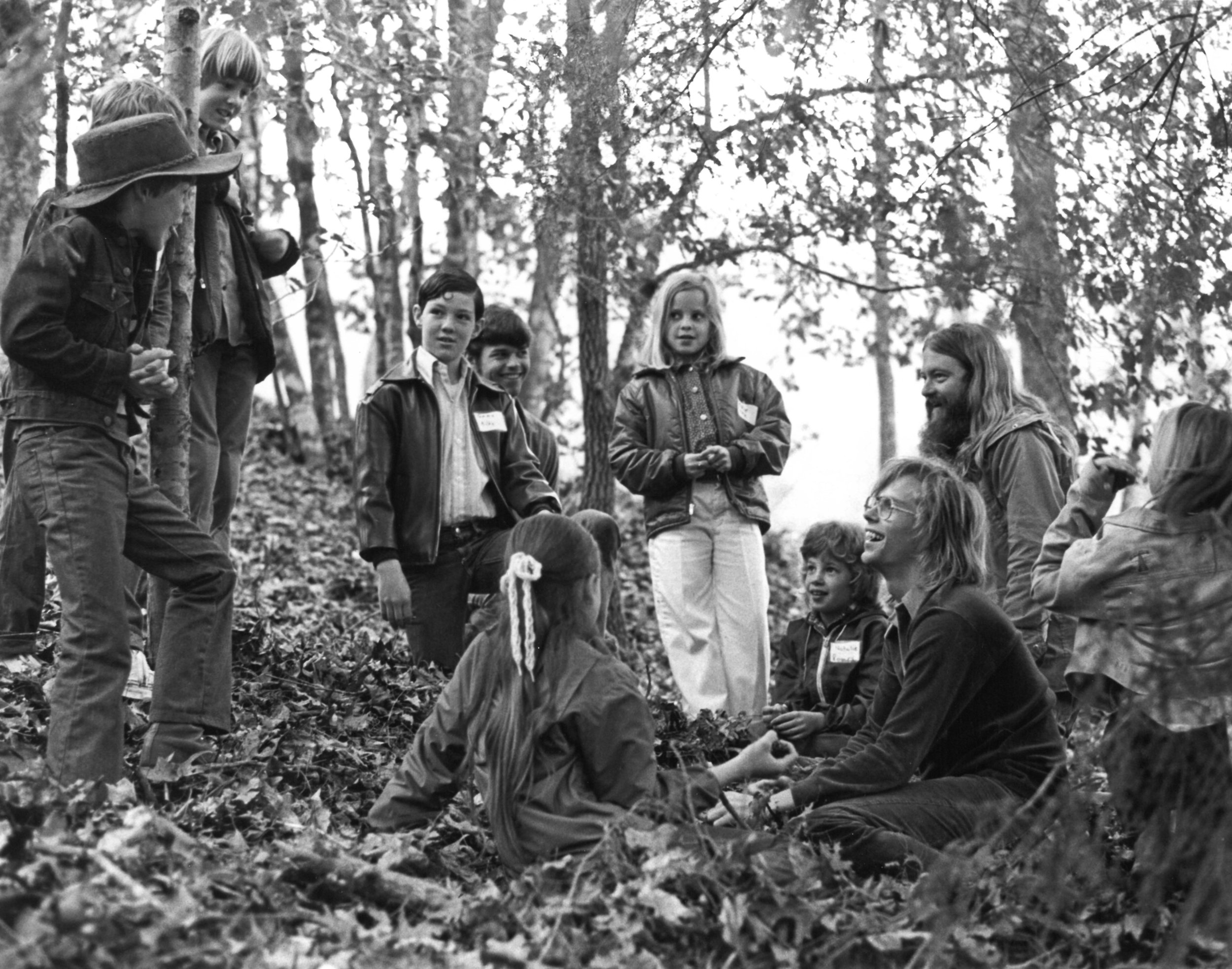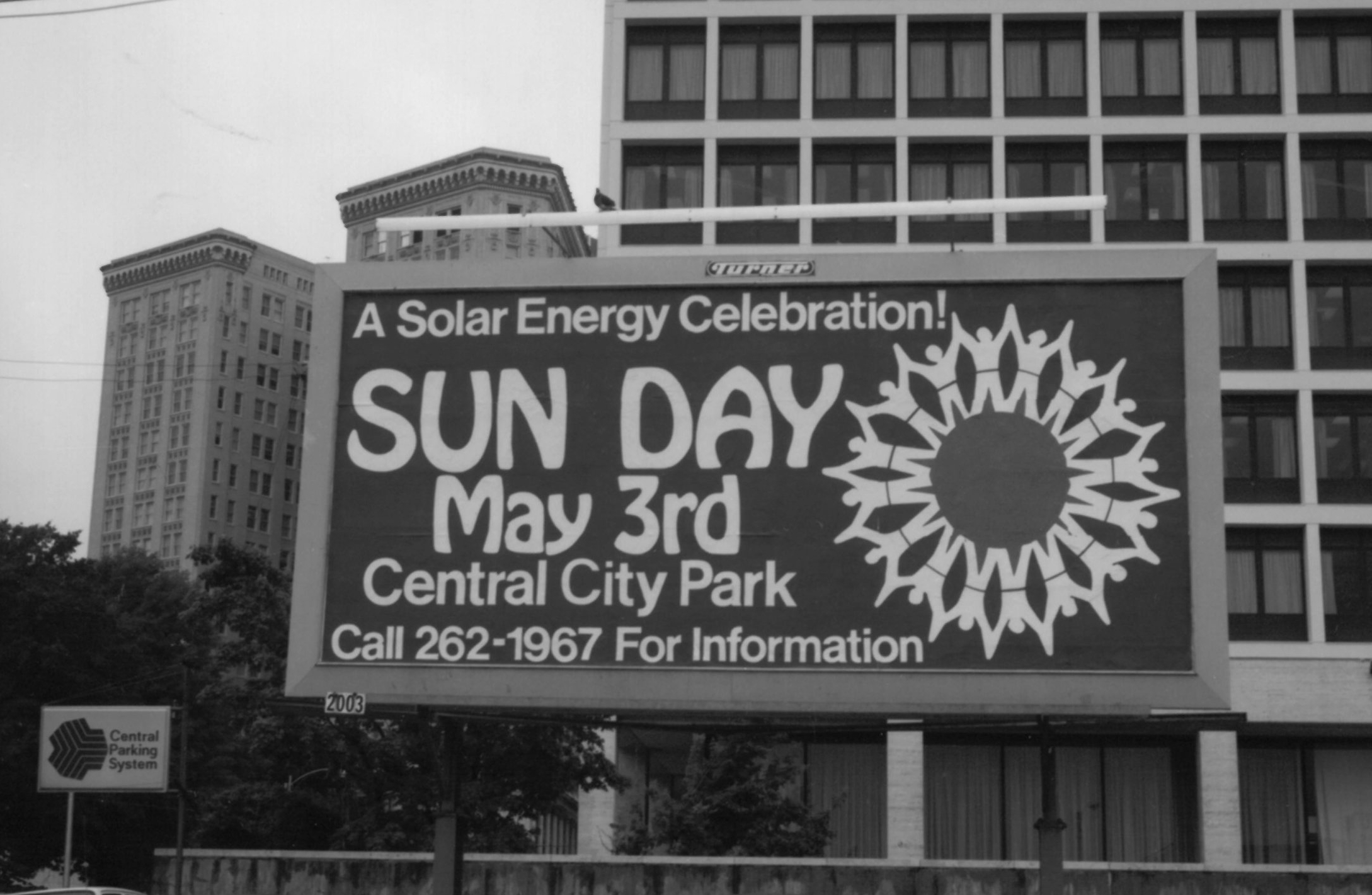The Georgia Conservancy in the 1970s
"Now the environment is a hot issue. It is in the spotlight of public consciousness and as such is being clutched fondly to the collective breast of office-holder and office seeker."
- Governor Jimmy Carter in March 5, 1970 at the Georgia Conservancy Membership Meeting in Macon.
Significant Events of the 1970s
1970
- When interest mounts for the State of Georgia to develop Cumberland Island as a recreational area, The Conservancy sponsors a rally and publishes statements opposing the proposal. The developer sells land to the National Parks Foundation.
- The Conservancy supports the passage of the 1970 Coastal Marshlands Protection Act.
- The Conservancy opposes a proposal for dam building on the Alapaha River in South Georgia. The proposal is withdrawn and the dam is never built.
- In the same year Americans celebrate the first Earth Day, Governor Lester Maddox proclaims the period of April 19-25 as “Environmental Action Week.” With Conservancy participation, several Georgia colleges hold special lectures, libraries show a series of nature films and cities sponsor trash cleanup marathons.
- Local Georgia Conservancy chapters form. Already active, the Athens chapter receives “retroactive” acceptance.
- The Clean Air Act is passed.
- The Environmental Protection Agency is signed into law.
1971
- The Conservancy commits to raise $500,000 over a three-year period, hoping to increase membership, solicit funds from companies and seek private donations. With editorial endorsement from both the Atlanta Journal and the Atlanta Constitution, and recruitment of 5,000 new members, the effort is the most successful fundraising campaign in the Conservancy’s first 15 years, thus establishing an enduring pattern of support by businesses and foundations across the state.
- On Monday, April 19, the state purchases Panola Mountain.
- The Federal Trade Commission requires detergent manufacturers to list chemical ingredients on package labels.
1972
- After much involvement from Georgia Conservancy members, Congress designates Cumberland Island, the largest coastal wilderness island in America, a National Seashore.
- Georgia Conservancy efforts persuade the Federal Bureau of Outdoor Recreation to match Georgia’s $500,000, enabling Sweetwater Creek State Park to become a reality.
- The Conservancy expands its education efforts, publishing the first edition of Let’s S.E.E., a bi-monthly nature bulletin for children funded by a grant from the Callaway Foundation.
- The Savannah Junior League co-sponsors both a Coastal Plains Conservancy Chapter and a Savannah office to bolster the organization’s activity on the coast.
- The EPA announces all gasoline stations required to carry "nonleaded" gasoline.
1973
- Joined by the Garden Club of Georgia, the Conservancy co-sponsors an anti-litter campaign upon Jimmy Carter’s request, hosting official clean-up days and circulating a brochure entitled, “Our Gross National Product – Solid Waste.” More than 10,000 people in 125 counties participate in the three-day event.
- The Conservancy promotes the establishment of the “Smithsonian of the South” in Fernbank Forest.
- Congress passes the Endangered Species Act.
- The Conservancy sponsors a summer day camp at Stonehaven. The goal of the project is to provide openings between children and nature.
1974
- The Okefenokee Swamp gains full wilderness protection for 344,000 acres. The Conservancy continues to work with U.S. Fish and Wildlife Service in monitoring swamp management, proposed oil exploration and recreational use.
- The Chattooga River achieves Wild and Scenic River status in 1974. The River is later featured in the movie Deliverance.
- On July 24, Governor Jimmy Carter officially dedicates as Panola Mountain as a State Conservation Park and educational center.
1975
- Concerned about present water pollution and concerned about the future quality of water, the Conservancy, along with the EPA publishes Georgia Waterline, a monthly newsletter informing the public on the state of the state’s water.
- In favor of environmentally safe energy production, the Conservancy issues a press release announcing the conclusion of a six-month study finding that nuclear energy is dangerous, that safer alternatives should be encouraged and that energy conservation should receive more emphasis. In August, 2,300 scientists petition President Ford to reassess haste towards a nuclear future.
1976
- Congress changes the federal tax code so that not-for-profit organizations like the Conservancy can engage more easily in lobbying.
- Conservancy champion and charter member Jimmy Carter runs for President.
- The Conservancy celebrates landmark decision by the Georgia Supreme Court in “beach case,” Georgia v. Ashmore, in favor of the state, granting it the authority to protect marshes and tidal rivers, and guaranteeing public access to all of Georgia’s beaches.
- With foundation support, the Conservancy sponsors a retreat at Wolfcreek Wilderness for ten energy specialists who produce The Wolfcreek Statement: Toward a Sustainable Energy Society. The group concludes nuclear and fossil fuels are capital intensive, environmentally hazardous and given to centralizing political power and promotes energy conservation in all areas. The Conservancy sends President-elect Carter a copy of the statement.
- In a unified effort, the Conservancy and eight other environmental organizations successfully convince the Georgia Department of Transportation to re-route Georgia 400, diverting its path from crossing the Blue Ridge crest.
- The Conservancy advocates the prohibition of gassing rattlesnake holes in south Georgia in order to save the indigo snake and the addition of the species to the state’s endangered species list. The DNR later classifies is as a threatened species
1977
- During a year of multiple environmental successes on the coast, the Conservancy sponsors a conference on barrier island protection in Savannah for 200 environmentalists, planners, developers and all levels of government officials, and is featured in the New York Times.
- Conservancy members participate in an Advisory Council on Coastal Zone Management with goals to create a coastal zone management agency and set minimum standards for shore and dune protection.
- The Conservancy initiates its first bill, the “potty bill,” which would require contractors to install water-saving toilets in new buildings. This water conservation effort fails to pass.
1978
- The Conservancy expands its lobbying abilities, successfully encouraging the passage of bills supporting Heritage Trust appropriations, a state scenic rivers program, water conservation, dam safety, air quality, energy efficiency standards for new buildings and the creation of a new Coastal Zone Management board.
- The Conservancy joins a coalition to promote “Wild and Scenic” status for the Suwanee River and enjoys the fruits of victory when Congress designates the Chattahoochee River National Recreation Area.
- Until 1978, as a rule, the Conservancy has never considered air pollution as a priority issue. After a February EPA report that 11 Metro-Atlanta counties have failed to meet standards for photochemical smog cleanup, the organization endorses legislation creating new air quality standards.
- The people of Niagara Falls, New York discover they are living atop a former hazardous waste site and form the Love Canal Homeowners Association. Their efforts lead to the creation of the U.S. Environmental Protection Agency’s Superfund project.
- Jimmy Carter proclaims May 3, 1978, Sun Day as a day to raise awareness about the potential of solar energy
1979
- The Conservancy publishes Air Pollution in Savannah: A Report on the State of the Air in Chatham County and What Can Be Done to Improve It, calling for unannounced industrial inspections, for the Air Quality Control Section of the EPD to move to Savannah and for better ambient air quality measurements.
